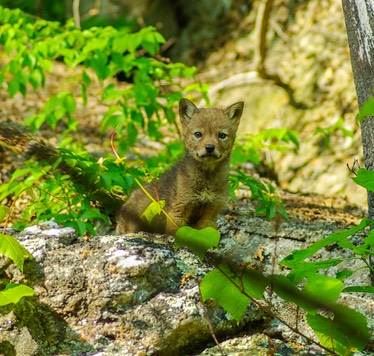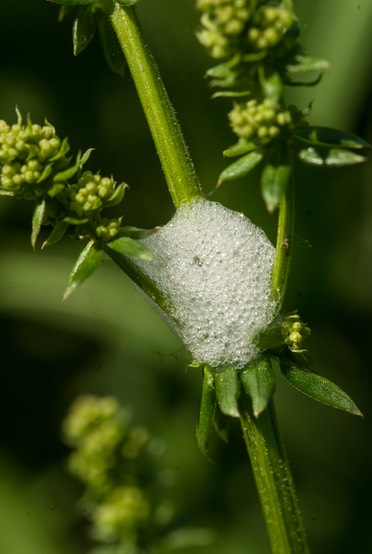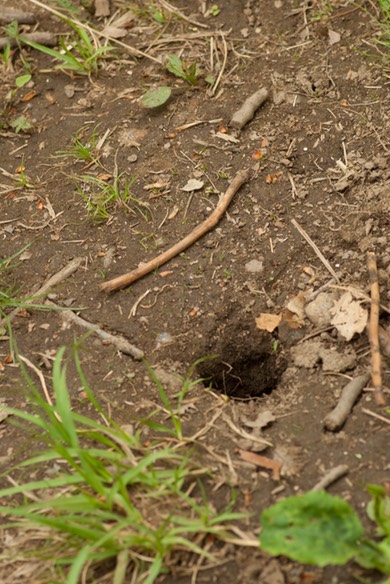These are some of my favorite (and most vexing) myths about snakes.
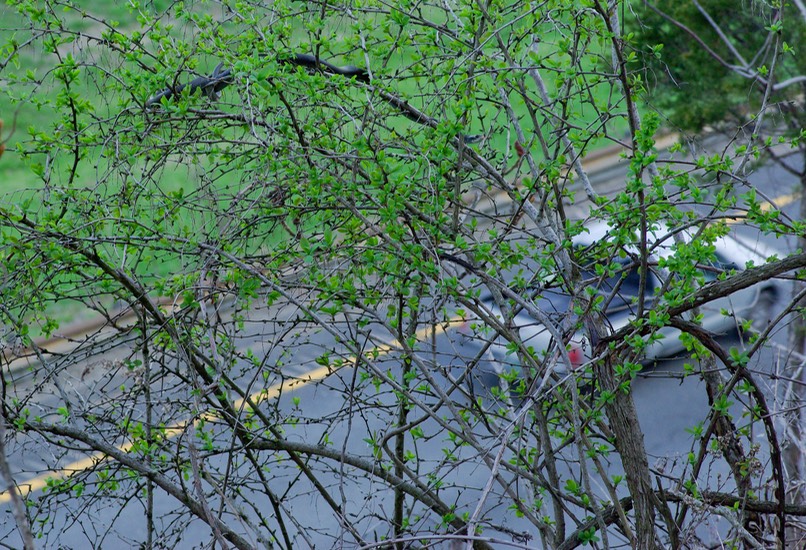
Black Racer basking above road
- “Look, there’s a snake hole”. Virtually no snake in Western Mass can dig a hole in the ground. Hog-nosed snakes, with their upturned snout, may easily push beneath soft sand or gravel, leaving an opening. People often see chipmunk-constructed tunnels (about 2” diameter) along trails or in gardens and assume they were made by snakes. Nope. These holes were made by animals with sharp claws for excavation, not by any snake. Occasionally a snake will use these tunnels to search for food or cover.
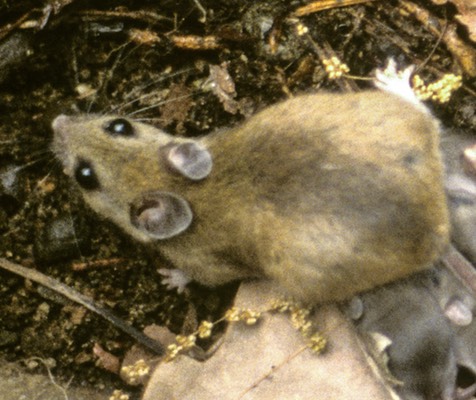
2. "If all the snakes disappeared from Western Mass, we’d be overrun with mice and rats”. Ecological systems are much more complex than this simple one-on-one relationship. Many predators of small mammals (hawks, owls, coyotes, weasels, bears, foxes, et al) would likely benefit if there were no snakes. We’d have more of these other predators. Of course, we wouldn’t want to lose our snakes at all.
3. Snake Spit. One of the great, time-honored, and stupid ideas of all time. Akin to grasshopper juice. On a summer walk along gardens and meadows it is common to find a small, frothy mass hanging onto plant stems. Many residents have grown up calling it snake spit, and I haven’t any idea as to why. Swipe the froth into your hand and dig through it carefully to find a very nifty pale green insect with maroon eyes (called a spittlebug). This is a larva of a leafhopper and it hangs, upside-down, while piercing the food vessels of the plant. It produces the frothy exudate that bubbles over its body providing excellent protection from ants, ladybird beetles, frogs, and songbirds. Snakes don’t spit!
4. “Milk snakes drink milk”. Don’t get me started here; but I did meet a guy once who claimed he watched a snake crawl into a field, wrap its body around the legs of a cow (so it couldn’t run away), and then proceed to drink milk from the faucets. A snake would have to be at least 18 feet long for this to occur, even if a cow would stand still long enough for six rows of really pointy teeth to grab on to its sensitive parts. And, anyway, how does a snake know it’s not encircling a steer or bull? To be fair, a dehydrated snake will drink milk (from a dish) and since milk is mostly water, it will sustain it.
5. “Snakes swallow their young to protect them”. An uncle, among others, told me this widely held story that he (strongly) claimed to have witnessed. Is it possible he was the only person ever to see an event that only happened once in the history of the Earth? More likely he came across a female Gartersnake who had just given birth and the young were naturally squirming away.
6. “Snakes chase people”. While I admit that a male Racer in spring may not crawl away when encountered, and it may even seem to approach (by lowering its head on the ground), no snake will follow if you turn and walk away. A snake may be going in your direction, but, rest assured, you are not their goal in life. Remember Jimmy Carter’s close call with a rabbit?
7. “Snakes are not slimy”. Well, guess what. If you’ve ever fished a Watersnake out of a beaver pond, its pretty darn slippery. Besides, who cares if snakes are slimy or not; it’s a red herring. It’s unimportant. Yet everyone who stands in front of a classroom is compelled to repeat this over and over, using the excuse that most people think they are. So what. Sometimes they are.
8. “If reptiles should all disappear, it would not make much difference one way or another”. For two generations this statement was part of the Introduction section in "Reptiles and Amphibians", part of the excellent Golden Guide Series (now, Golden Press) and it reflected the mid 20th C understanding of the long geologic history of reptiles whose abundance from the Mesozoic was the zenith of reptilian evolution. Since then, it’s all been downhill, diversity-wise. Finally, with the 1987 edition, a more modern, and conservation-based approach has crept in, eliminating this sentence and featuring a more current attitude that reptiles (and everything else for that matter) need to be preserved for many reasons. Check your home library and upgrade to the current edition!
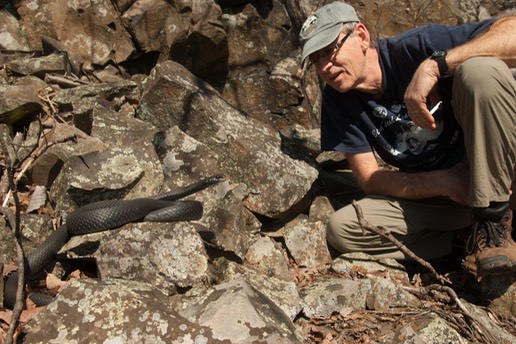
9. “Snakes are aggressive”. By this, most people imagine that snakes will go out of their way to bite furiously, hiss, vibrate their tail (even if they are not a rattlesnake), give off a bunch of musk, and otherwise act like they want to kill you with all the fiber of their being. This, of course, is a gross misinterpretation. Snakes only do these things if they can’t get away from your towering presence, or to avoid an outright attack (running them over with a rake, shovel, or mower, kicking them with your hiking boot, or actually grabbing one). Virtually all snakes (including some of the little ones) will bite, musk, and look ferocious (as best they can) in order to DEFEND themselves—just like chipmunks and bluebirds. In fact, I’ll wager that snakes bite people as often as bluebirds bite people—every time they’re grabbed. An aggressive snake would be waiting for you to appear, leap out, and do you harm with no provocation. Hasn’t happened yet. Love to see it, though.
10. “A snake’s body temperature is the same as its surroundings”. There are plenty of field studies now that show this is occasionally, but rarely, true. This myth originated because snakes are ectotherms and therefore can’t regulate their body temperature internally like other reptiles (i.e. birds) and mammals. In addition, snakes in a cage are entirely at the mercy of artificial heat. If the cage is 80°, the snake is 80°. In the real world, however, snakes keep their body temperatures relatively high and even throughout the day, at least during their active season. On a cool mid-summer morning a diurnal snake may emerge at 60°F just after daybreak and bask near a rock or directly in the sun. Within minutes its body temp is likely to be above 80°F and before noon it may have reached it’s preferred body temp somewhere near 100°F. By moving in and out of sun, or near warm or cool spots in its immediate environment, the snake will keep this 100° for most of the day. I have no idea what nocturnal snakes do for optimal temperature regulation, but their apparent predilection for paved roads suggests they too may be seeking various locations for maintaining their ideal body temperature.

